We need your consent to the use of individual data so that you can show information about your interests, among other things. Click "OK" to give your consent.
Yab Yum Vajrasatva Thangka with Brocade special 120*80 cm
Vajrasattva (Sanskrit: वज्रसत्त्व, Tibetan: རྡོ་རྗེ་སེམས་དཔའ། - Short form is "dorsem" རྡོར་སེམས།)[1] is a bodhisattva in the Mahayana, Mantrayana/Vajrayana Buddhist traditions. In the Japanese Vajrayana school of Buddhism, Shingon, Vajrasattva is the esoteric aspect of the bodhisattva Samantabhadra and is commonly associated with the student practitioner who through the master's teachings, attains an ever-enriching subtle and rarefied grounding in their esoteric practice. In Tibetan Buddhism Vajrasattva is associated with the sambhogakāya and purification practice.
Vajrasattva appears principally in two Buddhists texts: the Mahavairocana Sutra and the Vajrasekhara Sutra. In the Diamond Realm Mandala, Vajrasattva sits to the East near Akshobhya Buddha.
In some esoteric lineages, Nagarjuna was said to have met Vajrasattva in an iron tower in South India, and was taught tantra, thus transmitting the esoteric teachings to more historical figures.
In Tibetan Buddhism the Vajrasattva root tantra is Dorje Gyan, or "Vajra Ornament".[3] Vajrasattva practices are common to all of the four schools of Tibetan Buddhism and are used both to purify obscurations so that the Vajrayana student can progress beyond Ngondro practices to the various yoga practices of tantra and also to purify any broken samaya vows after initiation. As such, Vajrasattva practice is an essential element of Tibetan Buddhist practice.
In addition to personal practice, the Vajrasattva mantra is regarded as having the ability to purify karma, bring peace, and cause enlightened activity in general. Following the September 11, 2001 attacks on the United States, The Dzogchen Ponlop Rinpoche announced a project, Prayer 4 Peace, to accumulate one billion six syllable Vajrasattva recitations by practitioners around the world. The six syllable mantra (OM VAJRASATTVA HUM), is a less formal version of the one hundred syllable mantra on which it is based but contains the essential spiritual points of the longer mantra, according to lama and tulku Jamgon Kongtrul.[4]
Hundred Syllable Mantra
In Tibetan Vajrayana Buddhist practice, Vajrasattva is used in the Ngondro, or preliminary practices, in order to purify the mind's defilements, prior to undertaking more advanced tantric techniques. The yik gya, the "Hundred Syllable Mantra" (Tibetan: ཡིག་བརྒྱ, Wylie: yig brgya) supplication of Vajrasattva, approaches universality in the various elementary Ngondro sadhana for sadhakas of all Mantrayana and Sarma schools bar the Bonpo. The pronunciation and orthography differ between lineages.
Size 120 x 80 cm
| Product code | 360 |
|---|---|
| Warranty | 2 years |

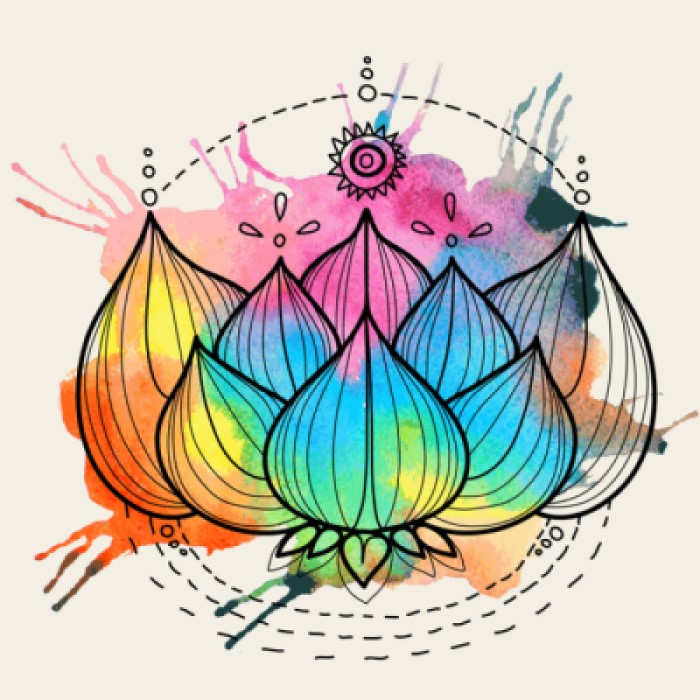
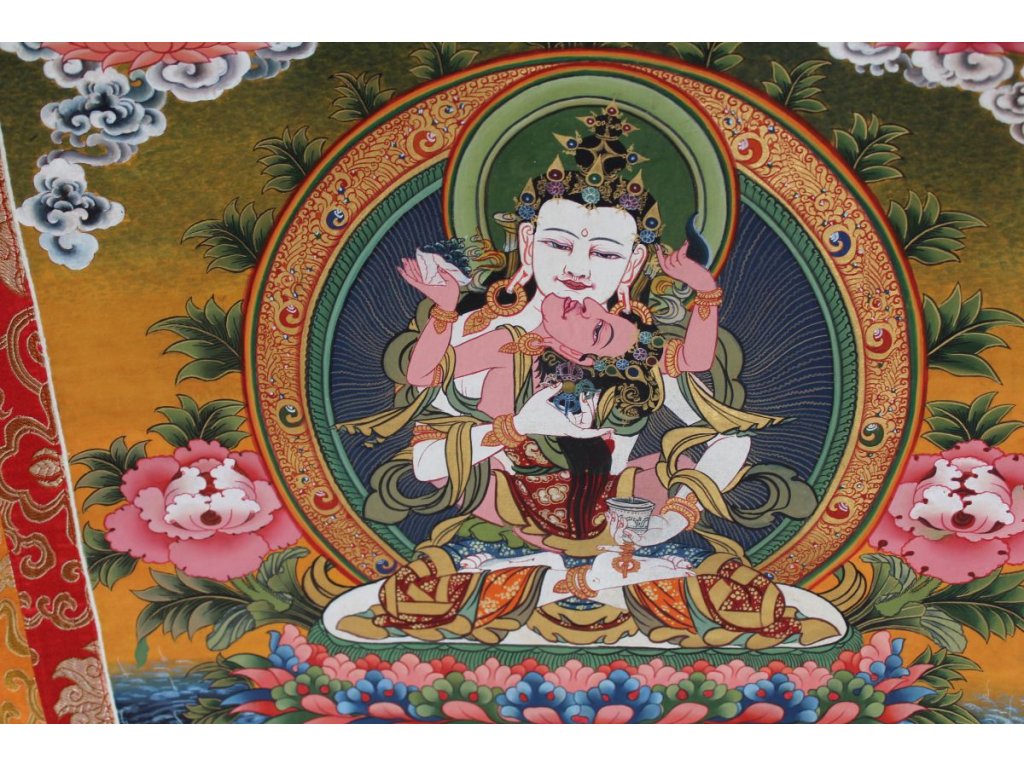
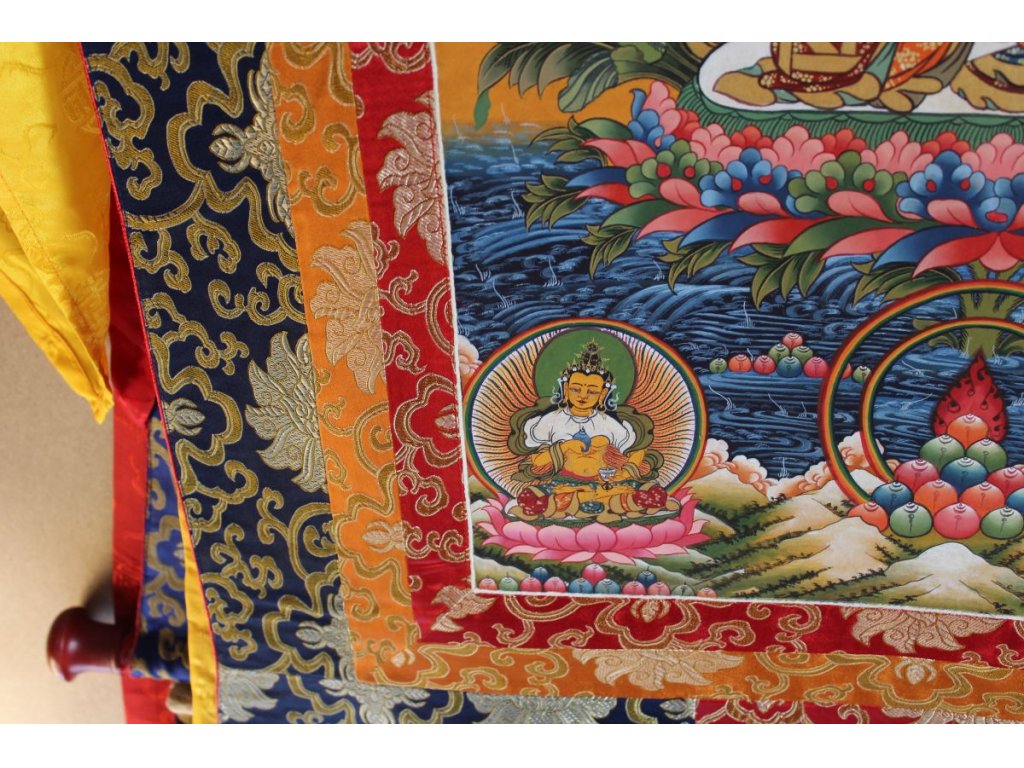
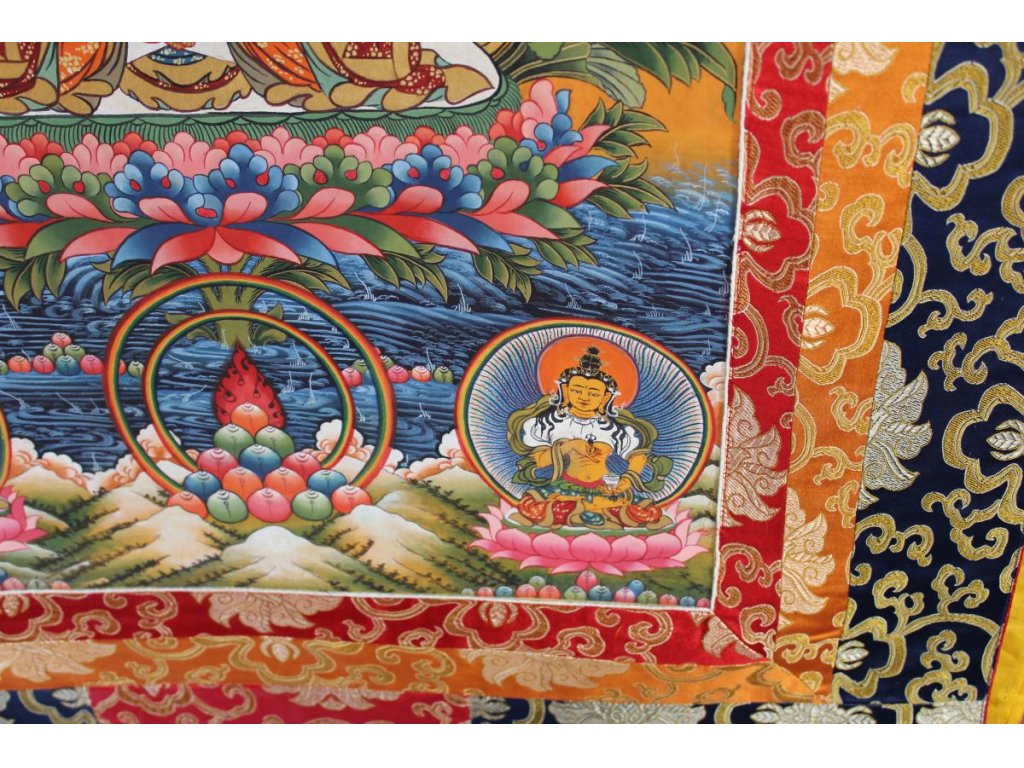
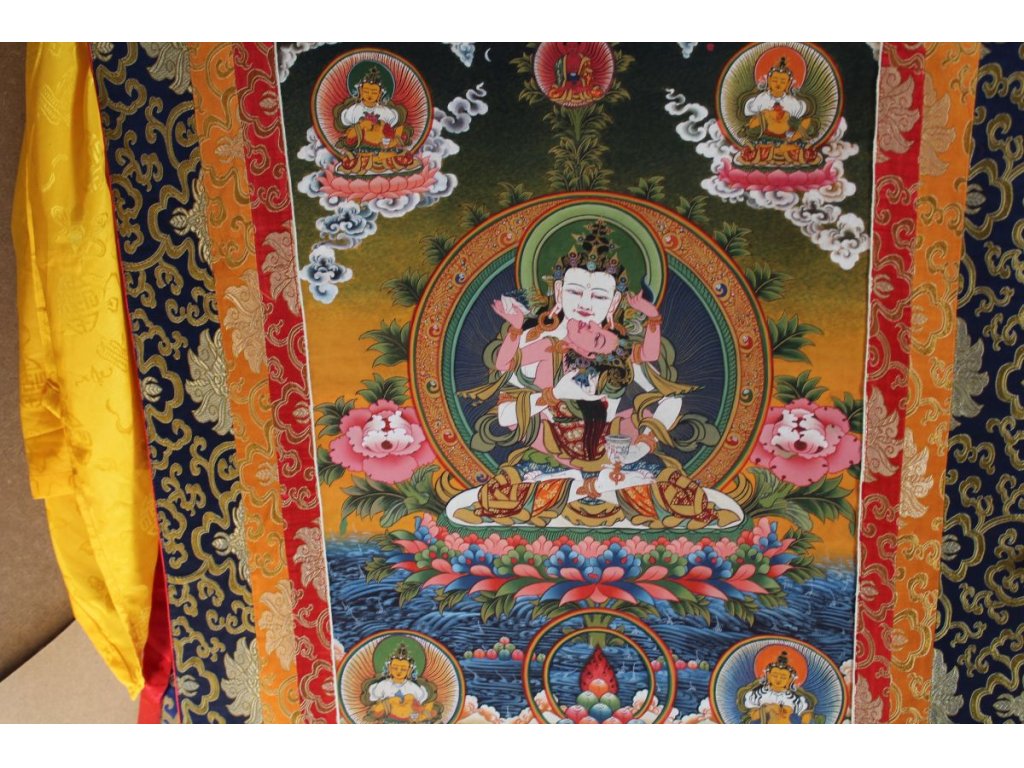





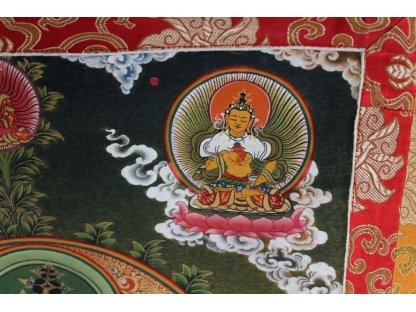
 Cookie - Settings
Cookie - Settings
